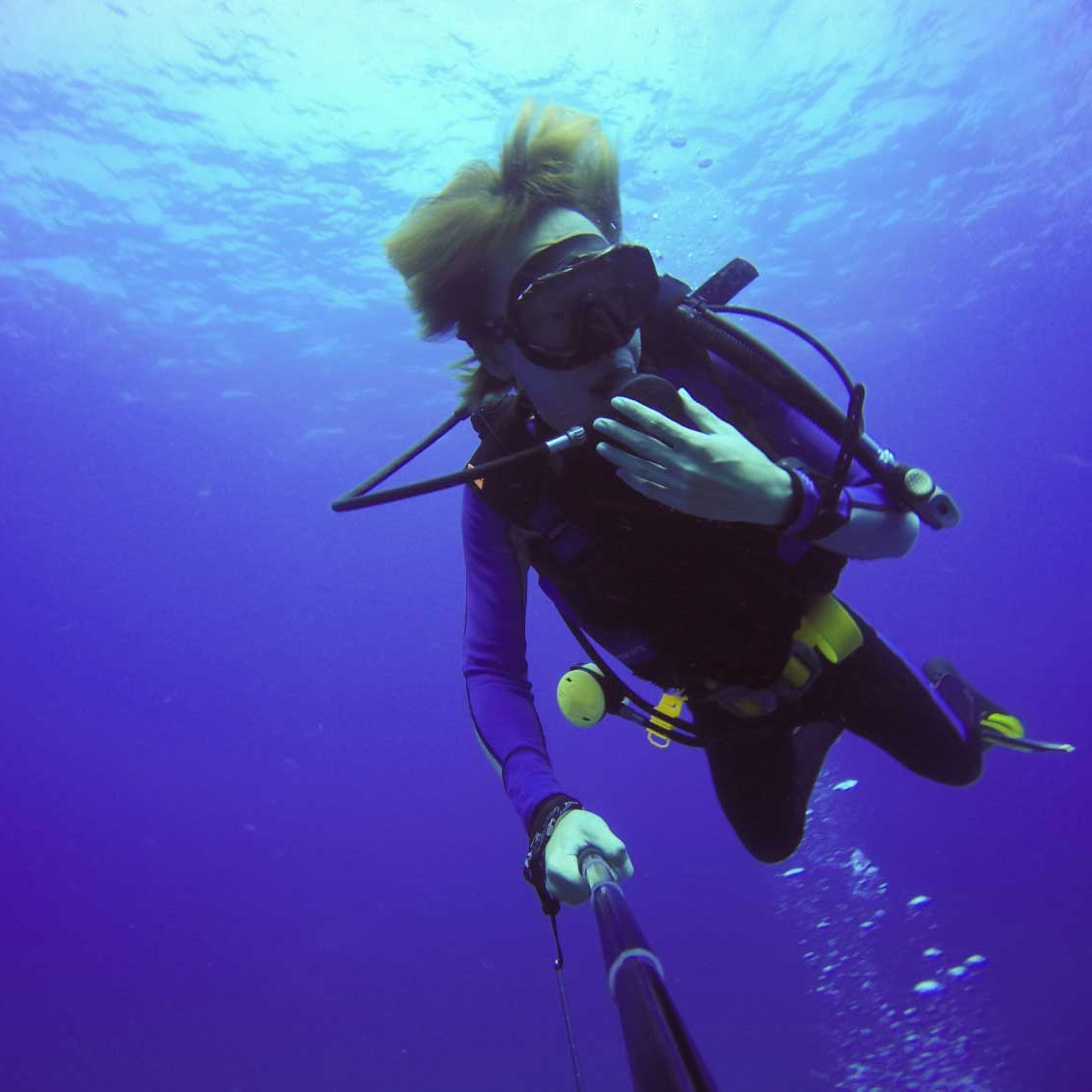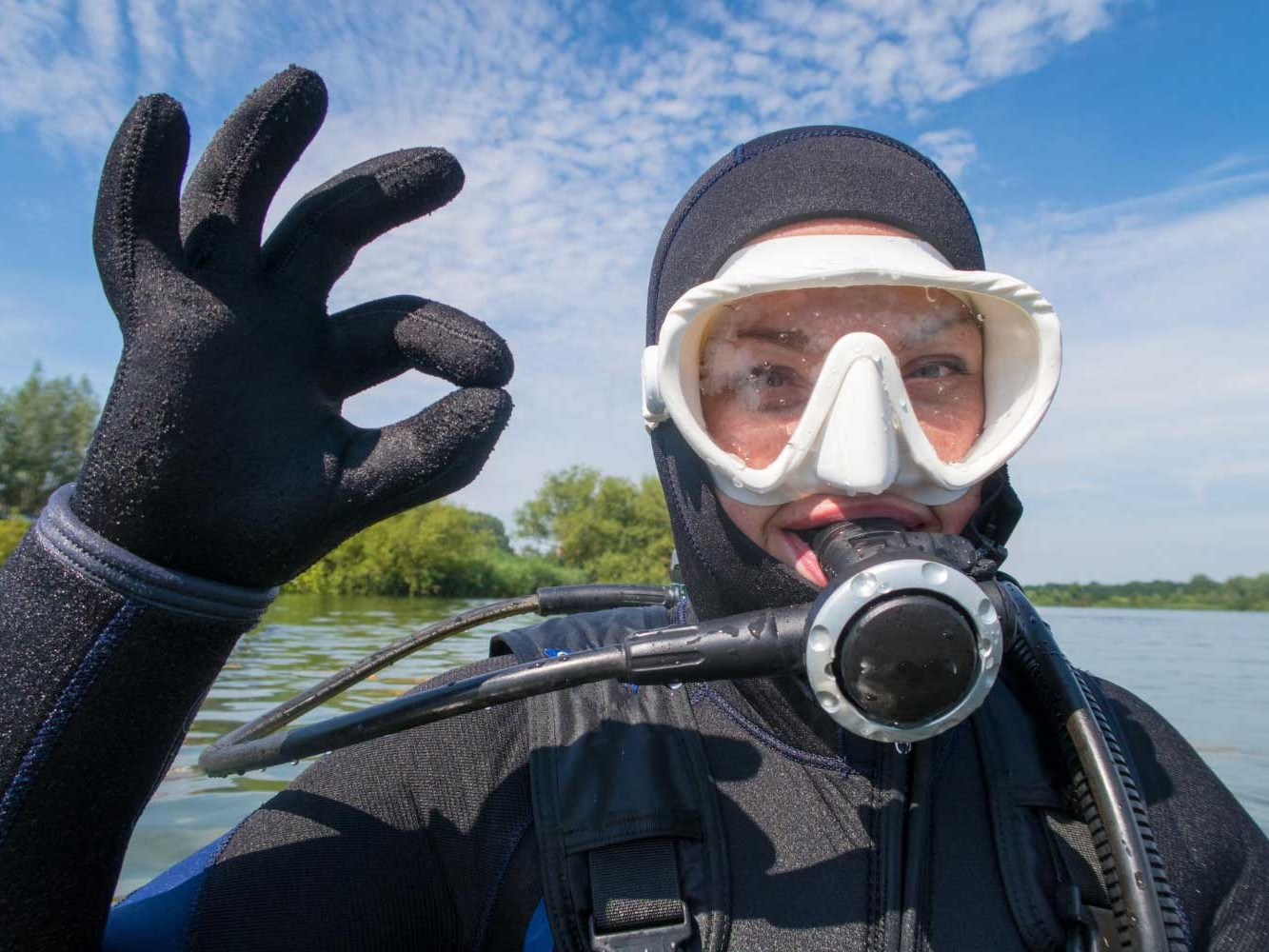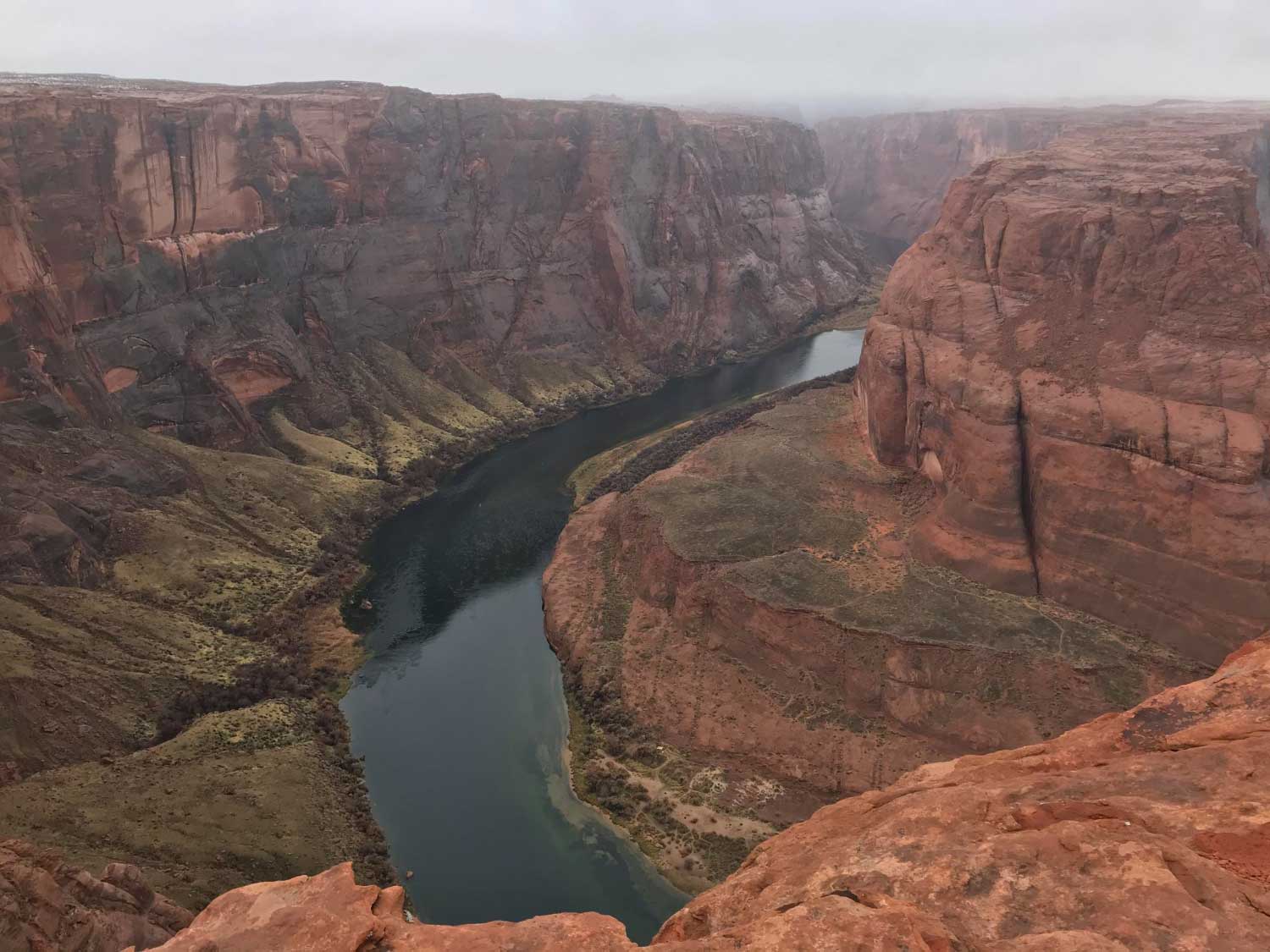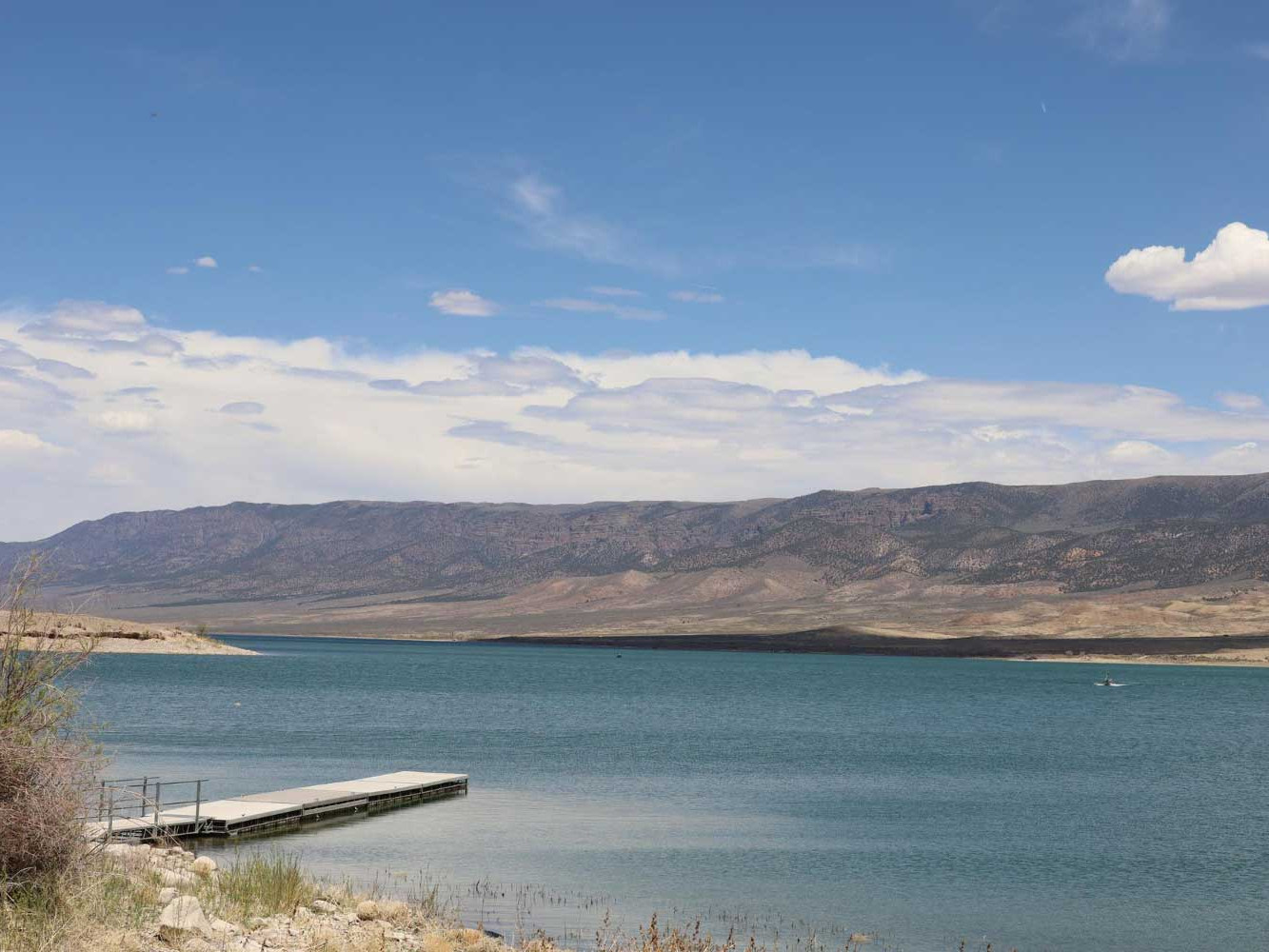Beyond the Beach:
Inland Scuba Adventures in the St George Region
Why Inland Scuba Diving in Utah Is a Hidden Treasure
Utah’s desert feels like the last place you’d find crystalline water stretching into cool, shadowed depths. Then the reservoirs appear, cut like polished mirrors into red rock. Sandstone cliffs loom above, while below, visibility can surprise you with glassy corridors of blue and streaks of emerald where sunlight meets sediment. It’s a jarring contrast: sagebrush above, subaqueous cathedrals below. This is not the coast. It’s sharper, quieter, and far more unexpected.
Prime St George Utah Dive Spots
- Sand Hollow Reservoir – Visibility often sits between 20–30 feet, with basalt ledges hiding freshwater crayfish. Insider tip: early weekday mornings keep the place silent.
• Quail Creek Reservoir – Depths nearing 120 feet with layered thermoclines and oddly shaped rock shelves. Insider tip: slip in from the far north end to avoid choppy surface traffic.
• Gunlock Reservoir – Small but fierce in character, with sculpted sandstone channels beneath shifting light. Insider tip: mid-autumn delivers a rare clarity after summer turbidity fades.
• Ivins Reservoir – Limited depth yet loaded with plant life and gentle slopes perfect for long, slow exploration. Insider tip: watch for the western bank’s natural arch formations underwater.
Essential Gear for Utah Scuba Diving
Freshwater bites colder. Adjust your exposure gear to match—thicker wetsuits for shoulder seasons, drysuits if you plan to push into late fall. Streamline your regulator and BCD setup to manage silt, and weight accordingly for buoyancy shifts in non-saline water. Pack a surface marker buoy. It’s not optional when the lake becomes flat glass. Keep sediment management in mind during pre-dive checks, especially if your route cuts through loose sand or fine clay beds.

Seasonal Factors for Scuba in St George
Winter turns most reservoirs into refrigerated vaults, and while visibility can spike, so does the cold. Spring brings runoff, which clouds your sightlines and shifts currents subtly under the surface. Late summer into early autumn is the sweet spot—warmer water layered over cooler depths and fewer people fighting for entry points. The wind here has teeth. Sudden squalls can stir up hazards faster than many divers expect.

Safety Guidelines for Scuba Diving Near St George
State law doesn’t care if you’re experienced. Dive flags are compulsory, and some reservoirs require permits before your first fin kick. Buddy checks aren’t ceremonial—they’re the reason your air supply stays predictable under pressure. Build your dive-plan with inland specific notes: entry points, visibility predictions, thermocline locations. Review it like you would a map for a multi-pitch climb.
Hidden Underwater Features of St George Utah Lakes
Drop below and ledges rise like unfinished battlements. You’ll find heavy, rusted contraptions from long-abandoned projects, and arches that seem carved by a deliberate hand. Fish flash silver in small schools, darting between thick grasses and moss-covered stone. Shafts of sunlight pierce the surface, breaking into dancing ribbons across the sediment. Some textures bite at your fingertips—lime-coated rock, grainy sandstone—while others slide smooth, worn by decades underwater.
Planning Your St George Utah Scuba Diving Trip
Fly into the nearest regional hub and drive in—reservoir access is straightforward with the right vehicle. Lodging clusters along main travel corridors make early dives practical. Most sites will require entry fees or launch permits, so budget for that across your itinerary. Download maps from official state park resources. These aren’t decorative. They’re the difference between the perfect entry and one that costs you half your dive time.

Training and Support for Scuba Divers in St George Utah
Even veterans benefit from sharpening their skills in unfamiliar conditions. Inland currents and visibility shifts play differently than saltwater drift dives. Advanced certifications push your limits and uncover details others miss. Guided outings can unlock intimate knowledge of terrain and local quirks. For more info on scuba diving St George Utah, start connecting with those who’ve logged dozens of hours in these exact waters.

Respecting Utah’s Inland Waters While Scuba Diving
Every kick of your fin writes on the water. Make that script light. Avoid stirring sediment clouds that suffocate plant life. Keep your distance from fish and never touch native plants. Discard nothing into the water. Legal protections exist for species here, and enforcement is not a bluff. The ecosystem thrives best when you leave it untouched, no matter how tempting a closer look might be.
Charting Future Depths Beyond St George’s Reservoirs
The reservoirs offer something rare: desert walls paired with cold, clear water hiding trails of stone and shadow. Once you’ve exhausted their channels, push further out. Canyons hold secrets beneath their spillways. Advanced training can open deeper, more technical sites worth multi-day planning. The next expedition isn’t a vague dream. It’s waiting for the day you decide to drop beneath the surface again.

